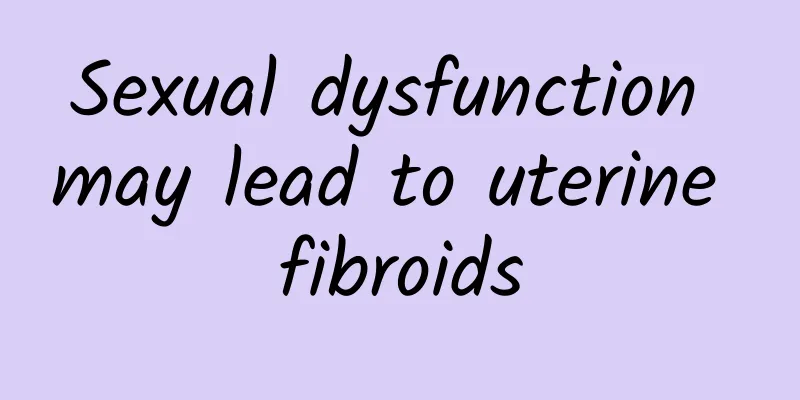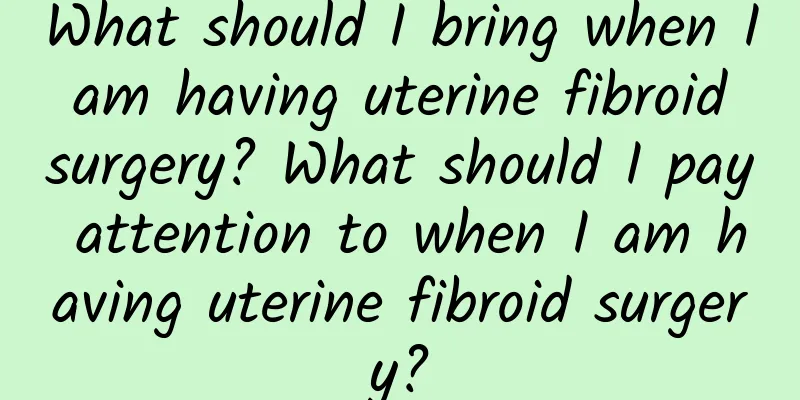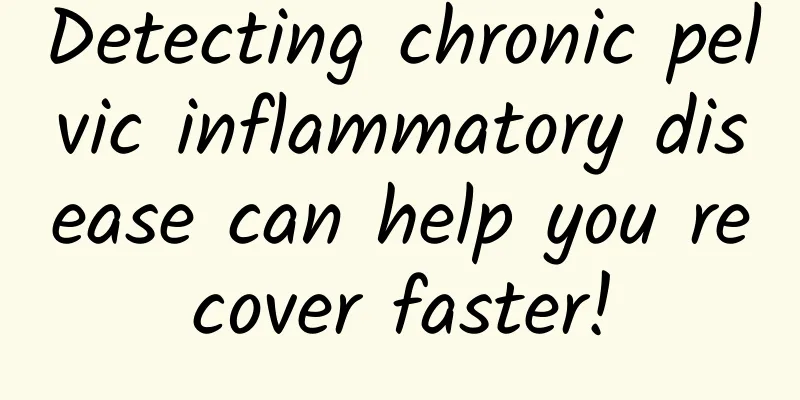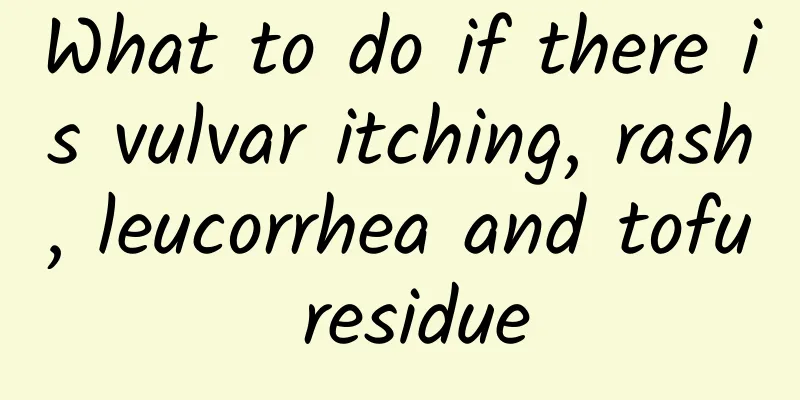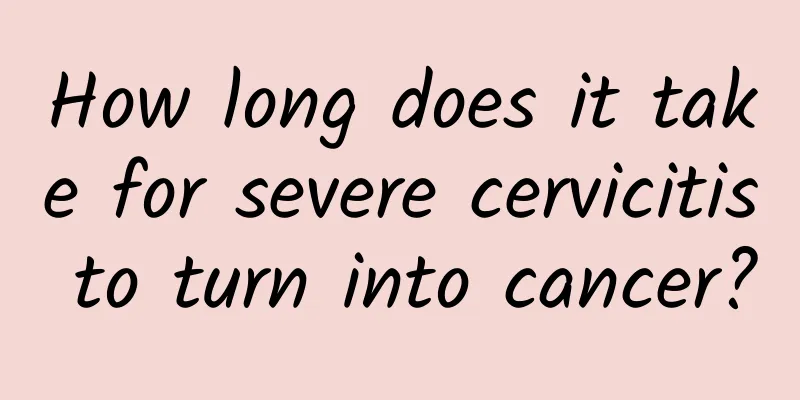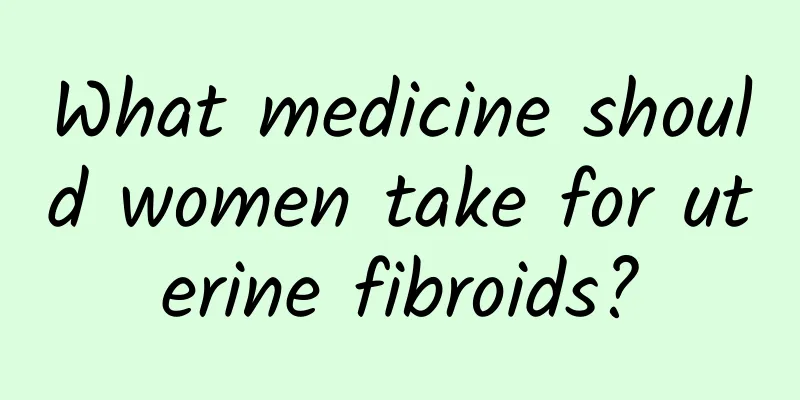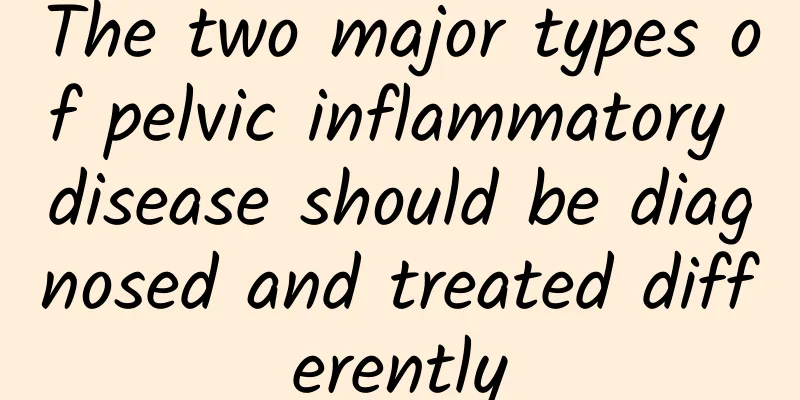Is left ovarian cyst serious?
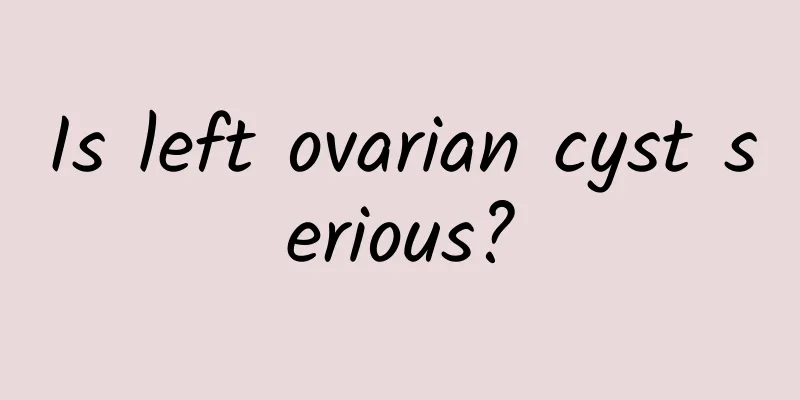
|
Whether the left ovarian cyst is serious depends on its nature and size. Most ovarian cysts are benign and asymptomatic, but if they grow rapidly, are painful or have abnormal symptoms, they may indicate potential risks and should be evaluated by a doctor as soon as possible. The main causes may include functional cysts, pathological cysts and complications, and treatment may include observation, drug treatment or surgical intervention. 1. Common causes and classification Left ovarian cysts are usually divided into functional cysts and pathological cysts. Functional cysts are more common and are caused by abnormal development of follicles or corpus luteum. Most of them disappear on their own within a few months without special treatment. Pathological cysts such as ovarian tumors, cystic tumors or endometriosis cysts require more attention, especially when they increase in size or are accompanied by other symptoms, there may be a risk of malignancy. 2. Common symptoms and risks In most cases, ovarian cysts have no obvious symptoms, but if you suddenly feel severe pain in one side of your lower abdomen, it may be caused by the cyst twisting or rupture, which can easily cause acute abdominal pain or internal bleeding. Other symptoms may include abnormal menstruation, lower abdominal pain or infertility. If the cyst is large, larger than 5 cm, it needs to be taken seriously and checked regularly. 3. Diagnosis and treatment methods The nature of the left ovarian cyst needs to be determined through ultrasound examination or blood test such as CA125 index. There are three treatment methods: 1 Observation: Cysts with a diameter less than 5 cm and asymptomatic or non-pathological can be observed through regular follow-up. 2. Medication: Oral contraceptives can regulate hormone levels and help inhibit further growth of cysts. 3 Surgery: For cysts that are large, potentially malignant, or cause severe symptoms, laparoscopic or open surgery is usually recommended for removal. 4. Daily prevention and health management Regular gynecological examinations can help detect ovarian cysts early. In terms of diet, choose foods rich in dietary fiber and antioxidants, eat less high-fat and high-sugar foods, avoid sedentary lifestyles, and increase moderate exercise to maintain endocrine balance. If you find that your left ovarian cyst is uncomfortable or accompanied by other symptoms, you should seek medical attention as soon as possible and treat the symptoms according to the expert's advice to avoid delaying the disease. Most ovarian cysts can be effectively managed through scientific treatment and regular monitoring. |
<<: Do I need surgery for uterine cysts?
>>: Symptoms of chronic premature ovarian failure
Recommend
How to use medicine for irregular menstruation? 3 Chinese medicine treatment methods for irregular menstruation
What medicine should I take for irregular menstru...
Causes of bilateral ovarian polycystic changes
The causes of bilateral polycystic ovaries includ...
Integrate weight loss into your life! 12 ways to lose weight in the office
Experts have come up with a set of 12 simple, hel...
What should I pay attention to when my endometrium thickens?
Endometrial thickening is a tendency to cancer. S...
What medicine do doctors usually prescribe after an abortion?
Doctors usually prescribe antibiotics, uterine co...
Patients with ovarian cysts should pay attention to their symptoms in time
In recent years, with the increasing incidence of...
What are the causes of uterine fibroids?
In the clinical practice of uterine fibroids, the...
A glass of cold beer with a meal has 150 calories
In the hot summer, many men like to have a glass ...
Improve immunity and coexist with viruses. Exercise helps regulate immunity! Chang Gung Yongqing Cup Road Race starts on October 30
The COVID-19 epidemic continues to spread. Coexis...
A woman who reduced her stomach and restricted her diet lost 50 kg in half a year
Some people become fat because they eat too much ...
A brief introduction to the causes of cervical hypertrophy
We must understand the causes of cervical hypertr...
How long after abortion can I eat spicy food? What is good to eat after abortion?
Generally speaking, it is not suitable to eat spi...
What are the symptoms of irregular menstruation and hemorrhage
Irregular menstruation and hemorrhage refer to ex...
Differential diagnosis of congenital absence of vagina and uterine fibroids
Congenital absence of vagina is caused by bilater...
How to prevent adenomyosis
How to prevent adenomyosis? 1. Avoid unnecessary ...

